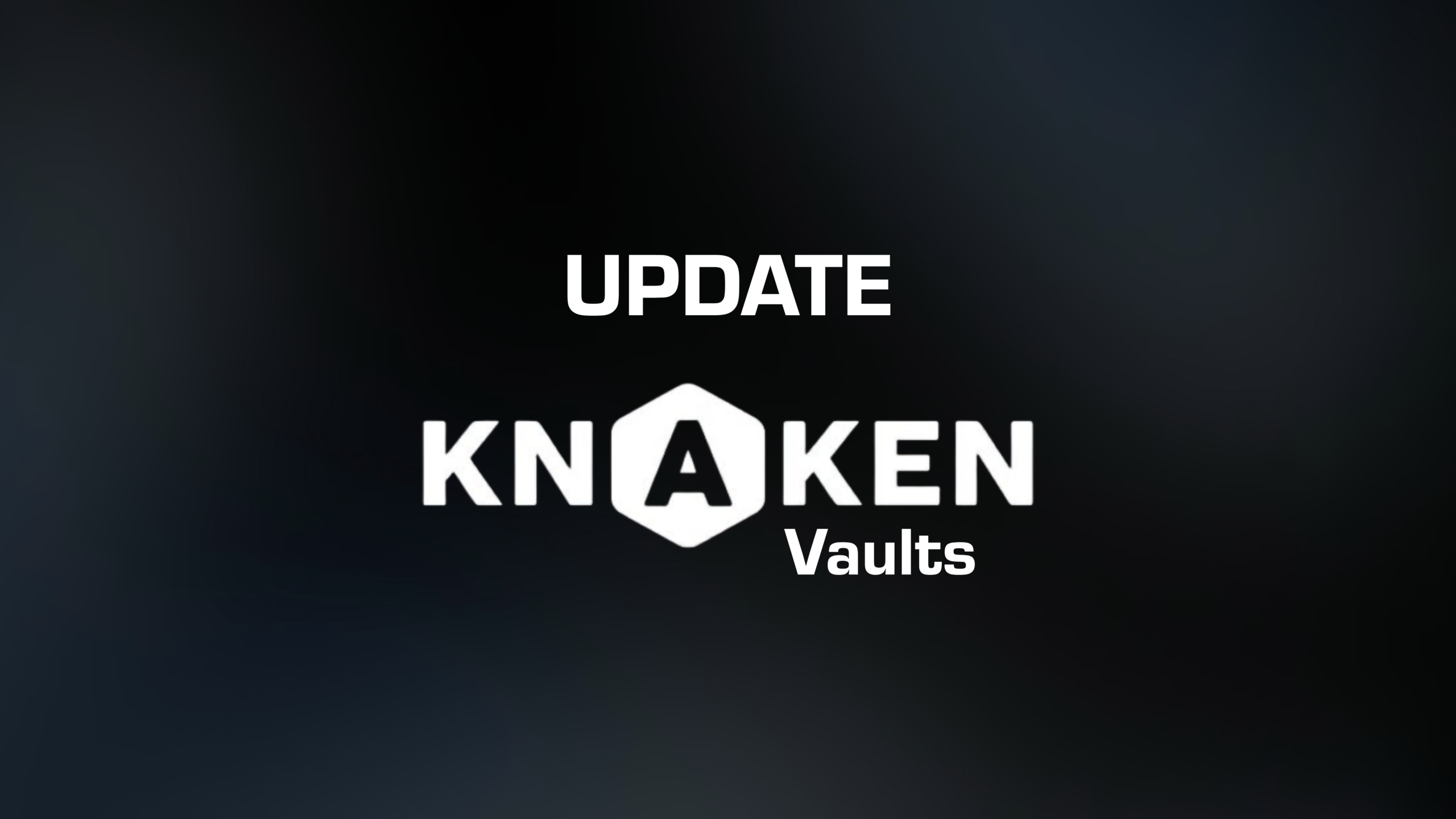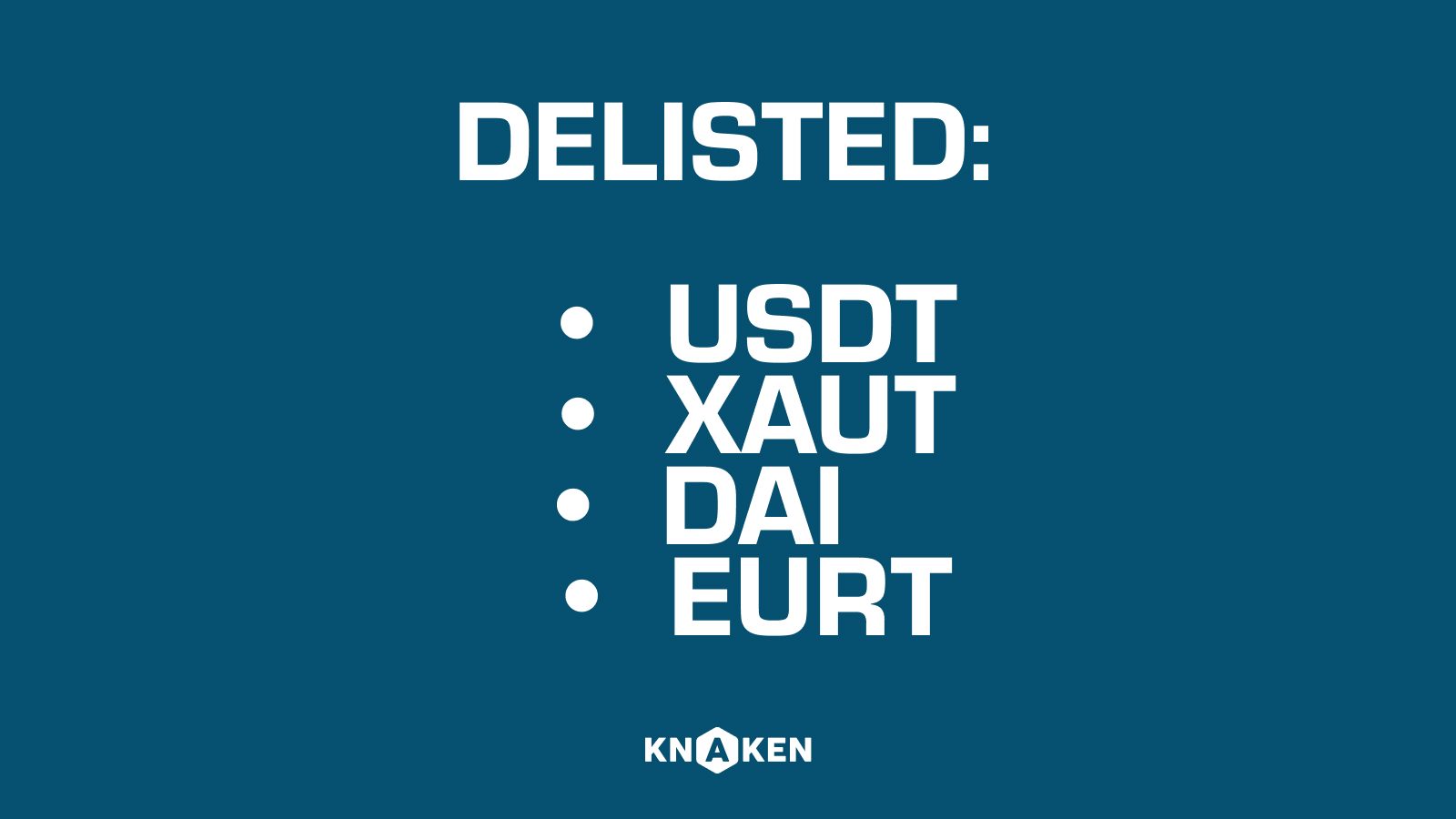Understanding Cryptocurrency Burning
What is Burning in Cryptocurrency?
Burning in cryptocurrency refers to the process of deliberately removing a certain amount of cryptocurrency tokens from circulation. This is done by sending tokens to a wallet address that cannot be accessed or is controlled by no one, effectively reducing the total supply of the asset. The primary rationale behind burning tokens is to create scarcity, which can potentially increase the value of the remaining tokens for holders.
The Mechanics of Token Burning
The burning process often involves the following steps:
- Creation of a Burn Wallet: A special wallet is generated, known as a burn address, where tokens will be sent for burning.
- Transaction Initiation: A transaction is initiated to send tokens from the circulating supply to the burn wallet.
- Confirmation and Posting: The transaction is confirmed on the blockchain, ensuring that the tokens cannot be recovered.
- Public Awareness: The details of the burning event are often publicly announced to inform the community and validate the process.
Reasons for Token Burning
Token burning can serve several purposes, which include but are not limited to:
- Scarcity Creation: Reducing the total supply of tokens can enhance scarcity, which may increase demand and value.
- Inflation Control: By controlling the supply of tokens, projects can mitigate inflation and stabilize the currency.
- Community Incentives: Burning tokens can be a way to reward existing holders, thereby increasing community loyalty.
- Value Preservation: Projects may burn tokens to preserve the value of their ecosystem, especially in cases of excess supply.
- Market Manipulation Prevention: Some projects employ token burning methods to deter potential price manipulation and promote fairness.
Common Methods of Burning Tokens
Burning mechanisms can vary among different cryptocurrency projects. Some common methods include:
- Scheduled Burns: Some projects have predetermined schedules for token burns, often announced in advance.
- Community Voting: Projects may allow their community to vote on burning mechanisms, promoting engagement.
- Transaction-Based Burns: Some cryptocurrencies implement a burn mechanism for every transaction, automatically taking a small fee and sending it to a burn address.
- Quarterly or Annual Burns: Certain projects engage in periodic reviews and initiate token burns based on performance metrics.
Impact of Burning on Cryptocurrency Value
The burning of tokens can significantly influence the market dynamics of a cryptocurrency:
- Increased Demand: As the supply of tokens decreases, existing tokens may become more desirable, thus increasing demand.
- Price Appreciation: Historically, successful burn events have led to noticeable price increases due to heightened investor interest.
- Market Sentiment: Token burns can create a positive sentiment among investors, leading to increased trading activity and community involvement.
- Long-Term Vision: A clear and effective burn strategy often signals to investors that the project developers are committed to the long-term growth of the ecosystem.
Examples of Successful Token Burning
Several cryptocurrency projects have effectively utilized token burning as a strategy. Notable examples include:
- Binance Coin (BNB): Binance conducts regular token burns following its quarterly profits, a move designed to control supply and enhance value.
- Ethereum: The implementation of EIP-1559 introduced a fee-burning mechanism that destroys a portion of transaction fees, thereby reducing supply over time.
- Ripple (XRP): Ripple has burned a significant amount of XRP tokens as part of its strategy to control the token supply.
- Shiba Inu (SHIB): The Shiba Inu community has engaged in multiple burn campaigns to increase the token’s scarcity and value.
Controversies Surrounding Token Burning
While burning can have positive effects, it is not without controversy. Some concerns include:
- Market Manipulation: Projects may use burning as a tool to artificially inflate prices, raising ethical concerns.
- Lack of Transparency: If not properly communicated, burn events may lead to a lack of trust in the project.
- Unfounded Appreciation: A token’s value may rise due to speculation rather than genuine demand, leading to potential market crashes.
Conclusion
Burning in cryptocurrency plays an important role in supply management and value preservation. It serves as a mechanism for aligning incentives between developers and investors while promoting a healthy ecosystem. Proper implementation and transparency are crucial in leveraging the benefits of token burning while avoiding potential pitfalls. As the crypto landscape evolves, the practice of burning will likely continue to adapt, influencing market trends and developer strategies in the years to come.


















